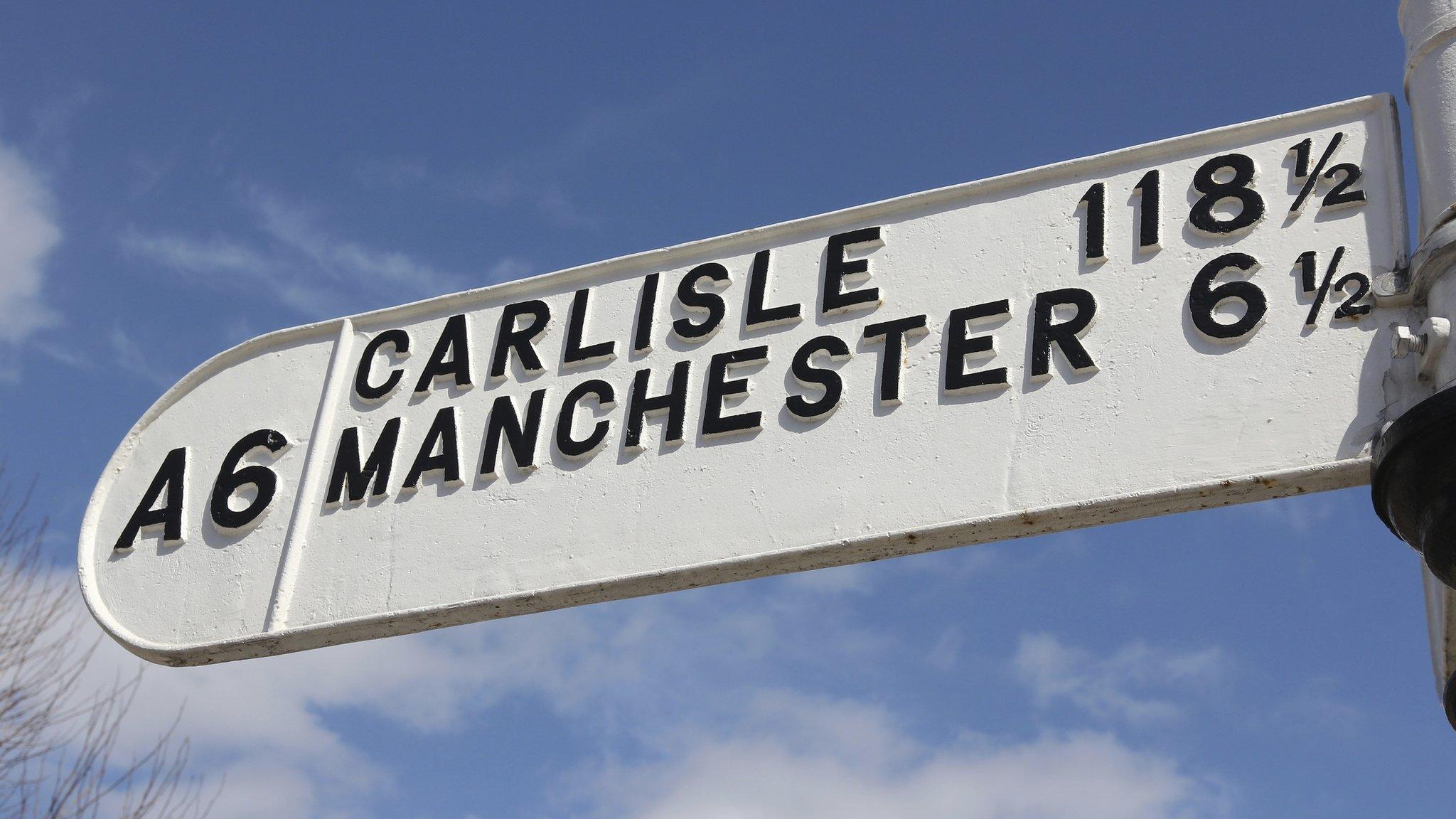We Are Middlesbrough: Where and what is it?
- Published
We Are Middlesbrough: Where do people think it is?
For the We Are Middlesbrough project, the BBC is spending a week focusing on the stories of the town. But where exactly is it?
It's a simple question but, as can be seen from the confusion above, the answer is about as clear as the once smoke-filled sky that gave the townsfolk their Smoggy nickname.
The area in which Middlesbrough sits has gone by numerous names - Teesside, Cleveland, Tees Valley and North Yorkshire - as local councils have been formed and abolished (about which more later).
But first, to appreciate the geography it is useful to have a grasp of its history.
Middlesbrough started as a Benedictine priory on the south bank of the River Tees, its name possibly derived from it being midpoint between the holy sites of Durham and Whitby.
By 1820, it had become a farm and hamlet with 25 residents surrounded by salt marshes and fields.
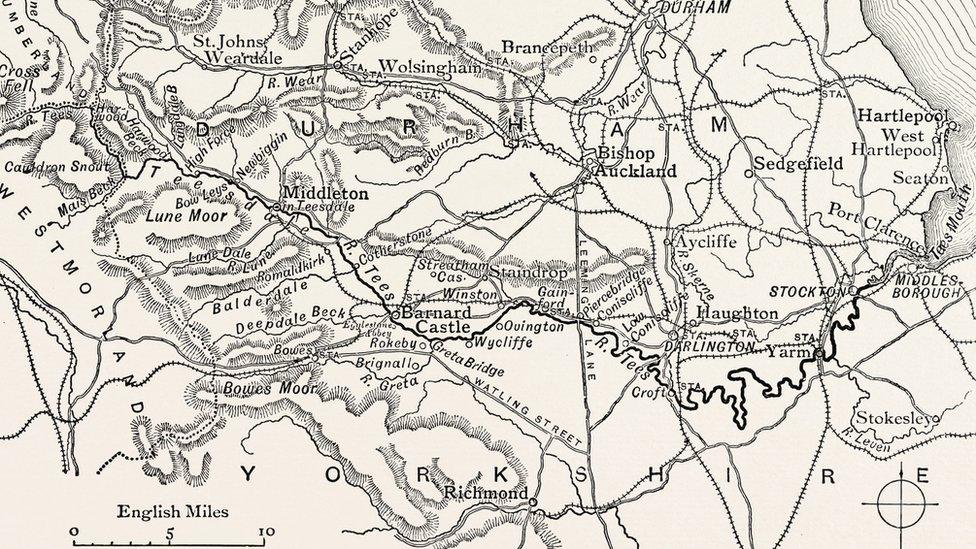
Middlesbrough was a small farm on the south bank of the River Tees close to the estuary into the North Sea
The thriving town at the time was Stockton, the terminus of the Darlington and Stockton Railway which opened in 1825 and carried coal from the Durham mines to be shipped out from Stockton's port.
But Stockton had a problem - it was too far from the coast.
The winding river to the North Sea could take seven days to traverse while newer, larger ships, were often unable to even get to port.
A spot closer to the estuary was sought and prominent mine owner Joseph Pease set his sights on the 500-acre farm of Middlesbrough.
Work began in 1829 and within two years the first port and workers' homes had been built.
The new town, initially called Port Darlington, was focused on a market square and town hall with four roads.
Subsequent streets were built on a grid basis as the town grew, like pieces being added to a giant jigsaw, according to historian Paul Menzies.
By 1841, Middlesbrough was home to 5,200 people, including large numbers of miners from Wales and Cornwall and labourers from Ireland.
In 1850, a new industry exploded with the discovery of iron ore in the Cleveland Hills overlooking the town, and "Ironopolis" was born, pioneered by industrialists like Henry Bolckow and John Vaughan.
Foundries and factories burst into being along the south bank of the Tees, and shipbuilding to rival that on the Wear and Tyne began.
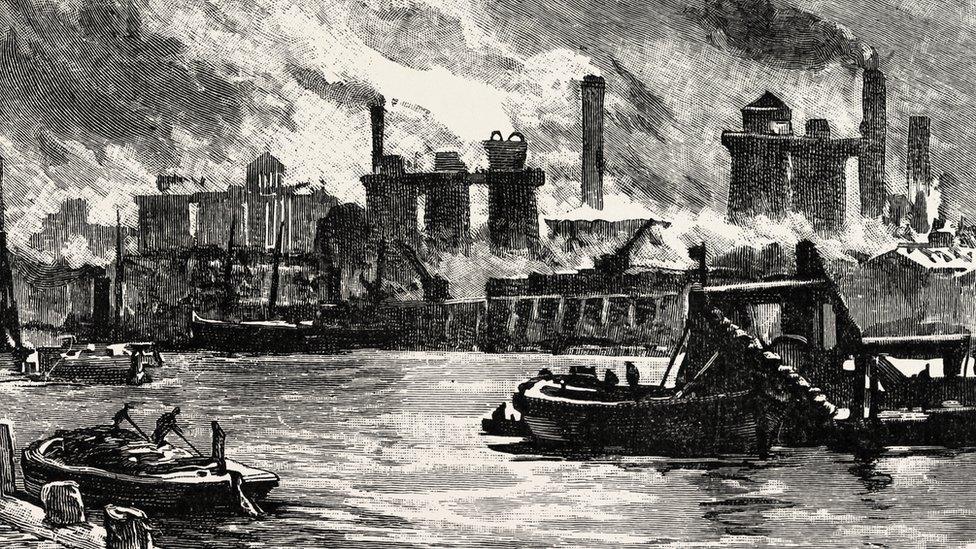
Furnaces and factories opened along the banks of the Tees at Middlesbrough
Chemical firms sprang up on the north bank, swelling the populations of places like Port Clarence and Billingham.
The air would have been rent by a cacophony of noise, the night-time sky burning orange with the fires of industry.
Smoke billowing from the furnaces and chimneys turned the new buildings black.
Streets of terraced homes neighboured giant industrial units, an undesirable thought to modern house-hunters but a convenient commute for the Victorian worker.
New streets spread out over the farmland to accommodate all the new workers and their families, consuming villages like Linthorpe, Ayresome and Ormesby which had been listed in the Domesday Book.

Shipyards also opened in Middlesbrough
Theatres, clubs, libraries and an opera house opened and in 1876 the town's football club was founded.
At one point there were more than 100 pubs in the town centre alone, and large parks were created to offer havens among the hubbub.
In 1862, with the town barely 30 years old, Prime Minister William Gladstone visited, nicknaming Middlesbrough the "Infant Hercules".

Why is Middlesbrough not a city?
Despite the best efforts of its dignitaries, Middlesbrough remains a town.
It applied to become a city in 2000, 2002 and 2012, but lost out every time.
City status is granted by the monarch and though it offers no extra powers, it is seen as a providing prestige.
Traditionally a city would have a cathedral but now there are no formal requirements and city status is usually granted to coincide with a royal anniversary.

However, rapid expansion meant cheap homes which in turn led to slums and associated problems such as cholera.
"It was a tough place," says Mr Menzies.
"Especially for those first settlers, there were no roads, no hospitals.
"It was a town of immigrants, it had to be, and there were clashes between communities.
"But it was a place they were all proud of; it was a dream being made reality."
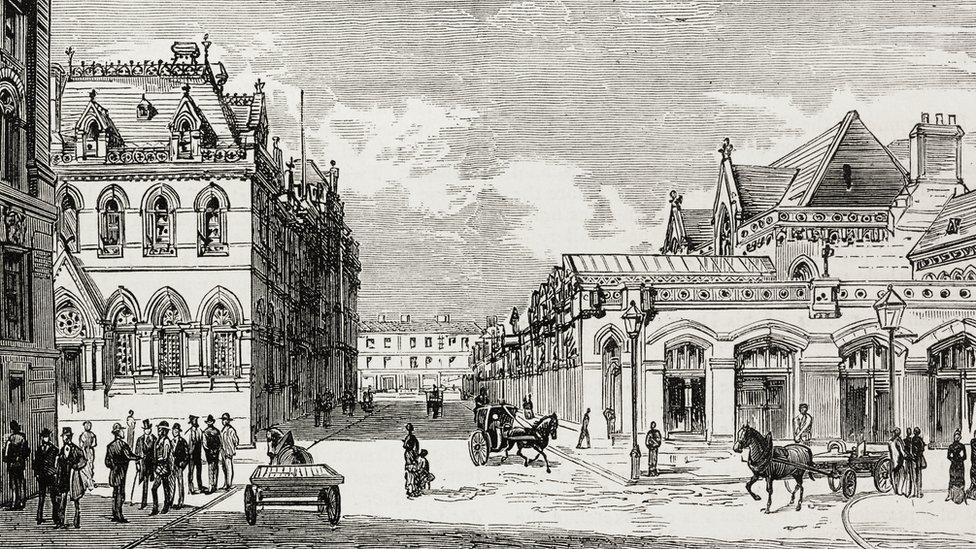
Middlesbrough's town centre moved further south as the town expanded in that direction
By 1889 the population was 79,000, almost double that of Stockton.
Pioneering bridges were built, first the Transporter in 1911, and then Newport Bridge in 1934, England's first vertical lifting river crossing.
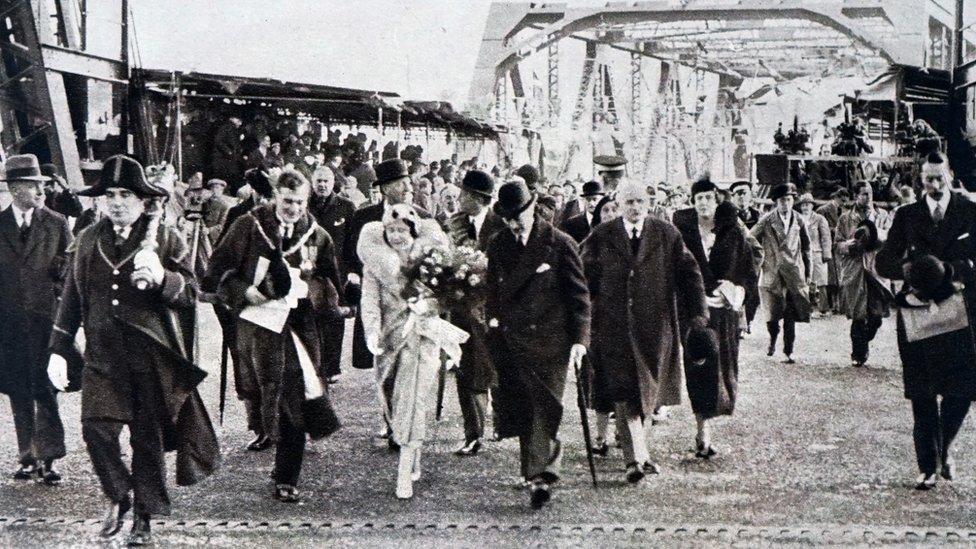
Newport Bridge was opened in 1934 by the future King George VI
But by then the decline had started, the town's fortunes having peaked in 1913 with firms like Dorman Long being global leaders in steelwork.
After World War One, a drop in the need for the materials Middlesbrough manufactured, coupled with cheaper competition from abroad, saw the town's fortunes plummet.
By the 1930s, unemployment in Middlesbrough was twice the national average as companies that had once employed thousands collapsed and closed.
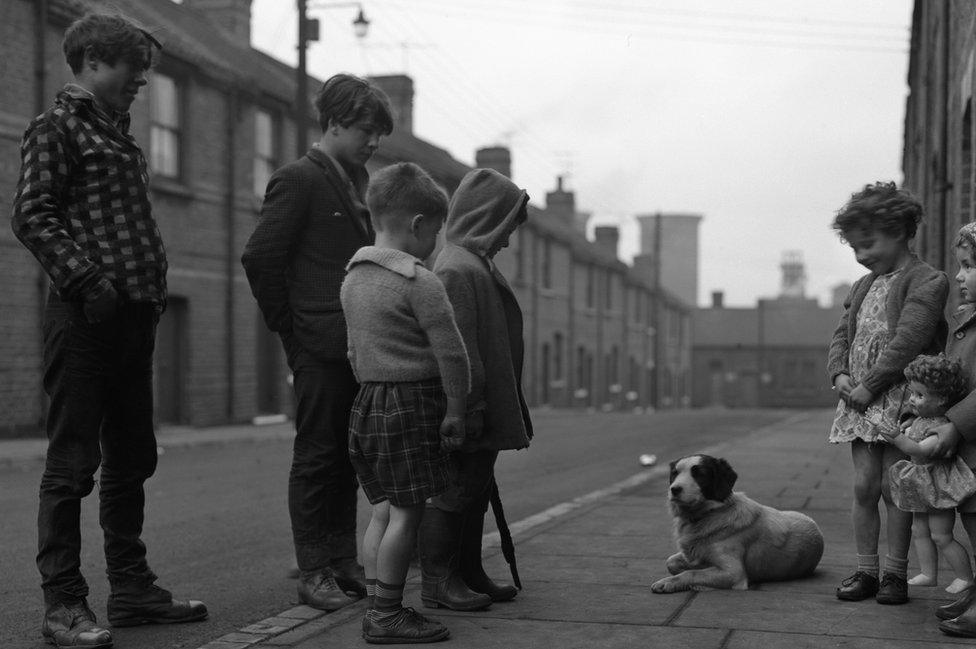
Middlesbrough's decline began after World War One
The slums were cleared with new estates created at Acklam and Whinney Banks, and old industries were replaced with new ones in the digital and engineering sectors.
Middlesbrough still has a port and is home to a number of museums, parks, art galleries and Teesside University.
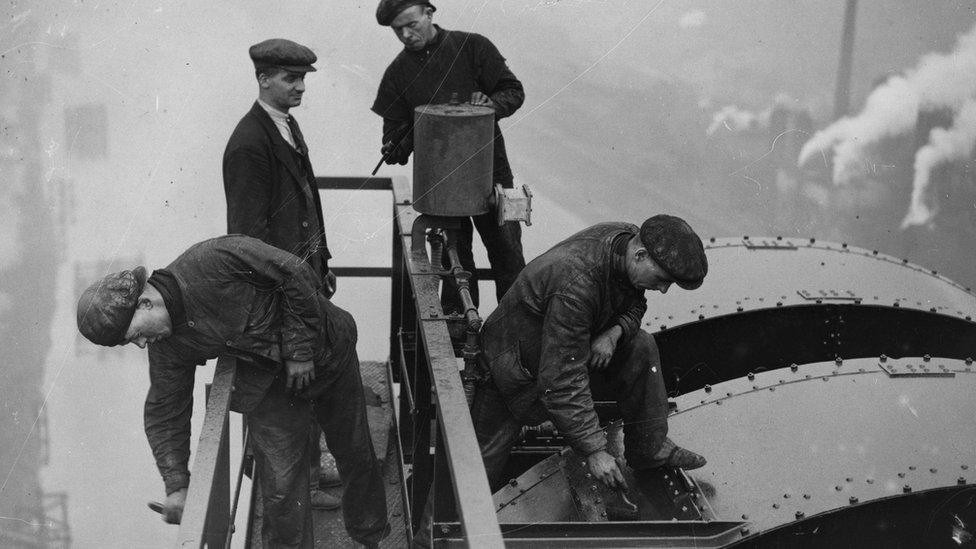
Newport Bridge was England's first vertical lifting bridge
So that is "what" Middlesbrough is. But to go to the bottom of "where", we must provide a short history of local government.
The town was run by its own councils, first the Middlesbrough Municipal Borough, then Middlesbrough County Borough, from 1853 to 1968, when it merged with councils in Stockton and Redcar to become the County Borough of Teesside with a total population of 398,000.
So Middlesbrough was in Teesside.
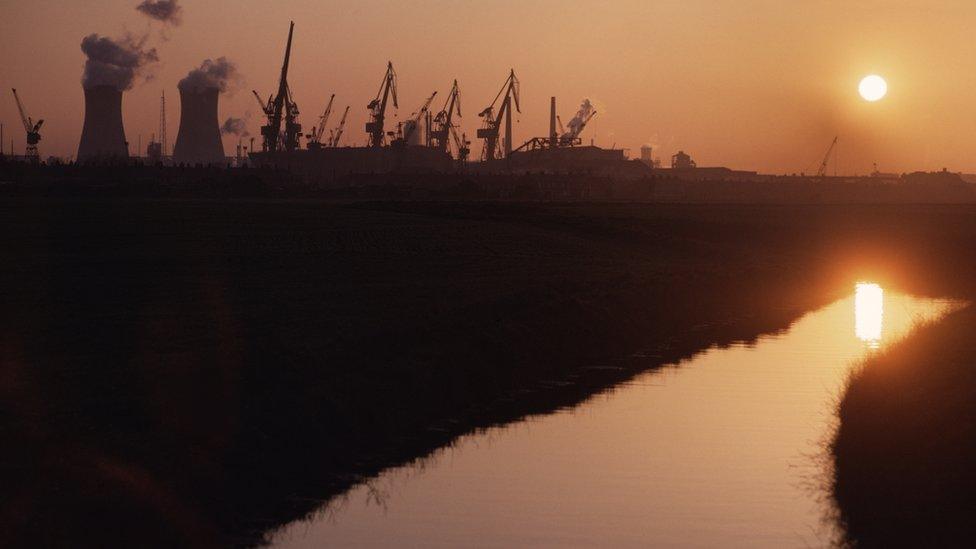
Teesside came into being in 1968
But in 1974, surrounding areas such as Saltburn and Guisborough joined to form Cleveland, which governed until 1996.
So Middlesbrough was in Cleveland.
But in 1996 it was governed by its own unitary authority again, Middlesbrough Borough Council.
So Middlesbrough is in Middlesbrough?
Yes, and no.
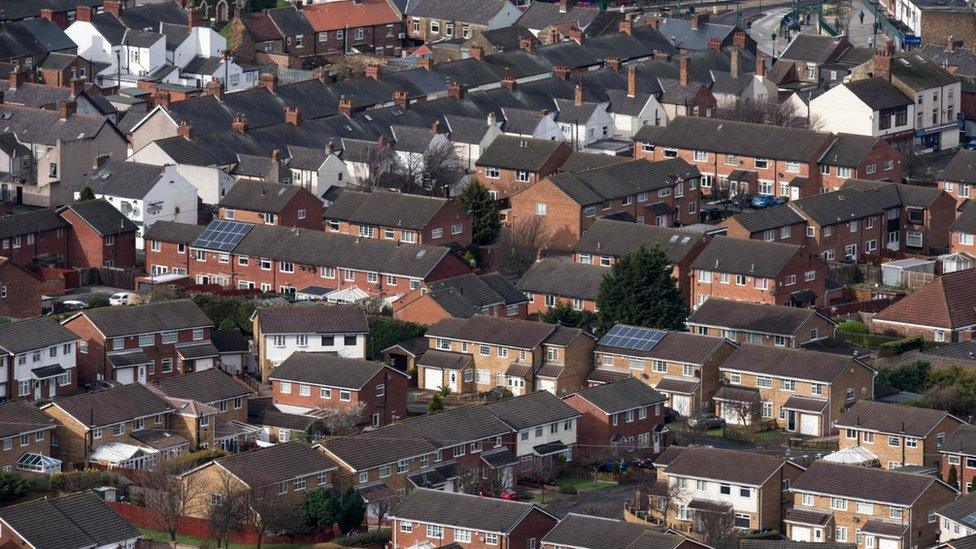
Cleveland existed from 1974 to 1996
It is also covered by the Tees Valley Combined Authority, a partnership of Middlesbrough and four other councils to "drive economic growth and job creation" formed in 2016.
So Middlesbrough is in Middlesbrough and the Tees Valley?
Yes, and no.
It is also the largest town in England's largest ceremonial county - North Yorkshire.
So, finally, in answer to the question "where is Middlesbrough?": Middlesbrough is in the council borough of Middlesbrough, the ceremonial county of North Yorkshire and the Tees Valley authority area.
And that's about as clear as we can make it.
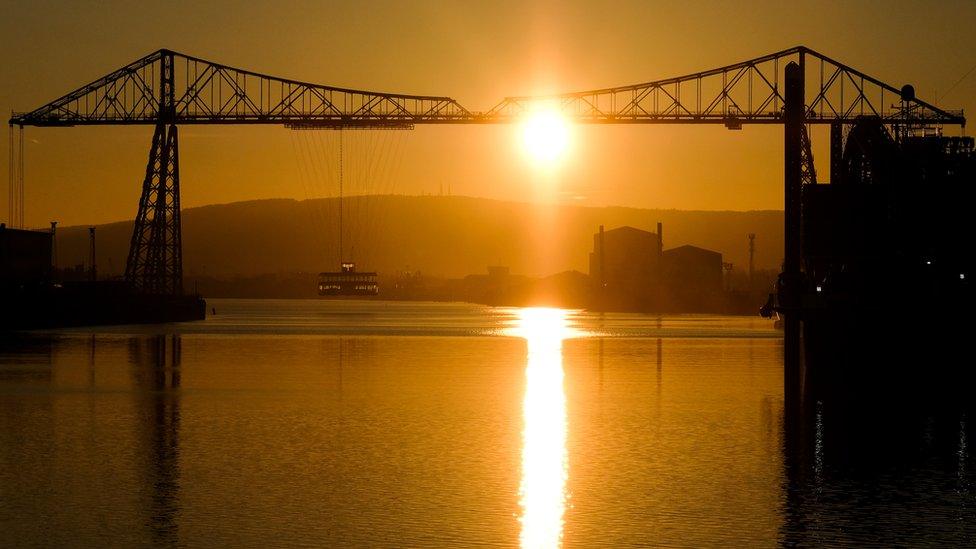

Have you got a question about Middlesbrough you would like us to answer? You can use the tool below to submit your suggestions.
If you are reading this page on the BBC News app, you will need to visit the mobile version of the BBC website to submit your question on this topic.
For more information about We Are Middlesbrough follow #BBCWeAreMiddlesbrough on social media. You can also email us wearemiddlesbrough@bbc.co.uk
- Published14 April 2019

- Published17 April 2016
